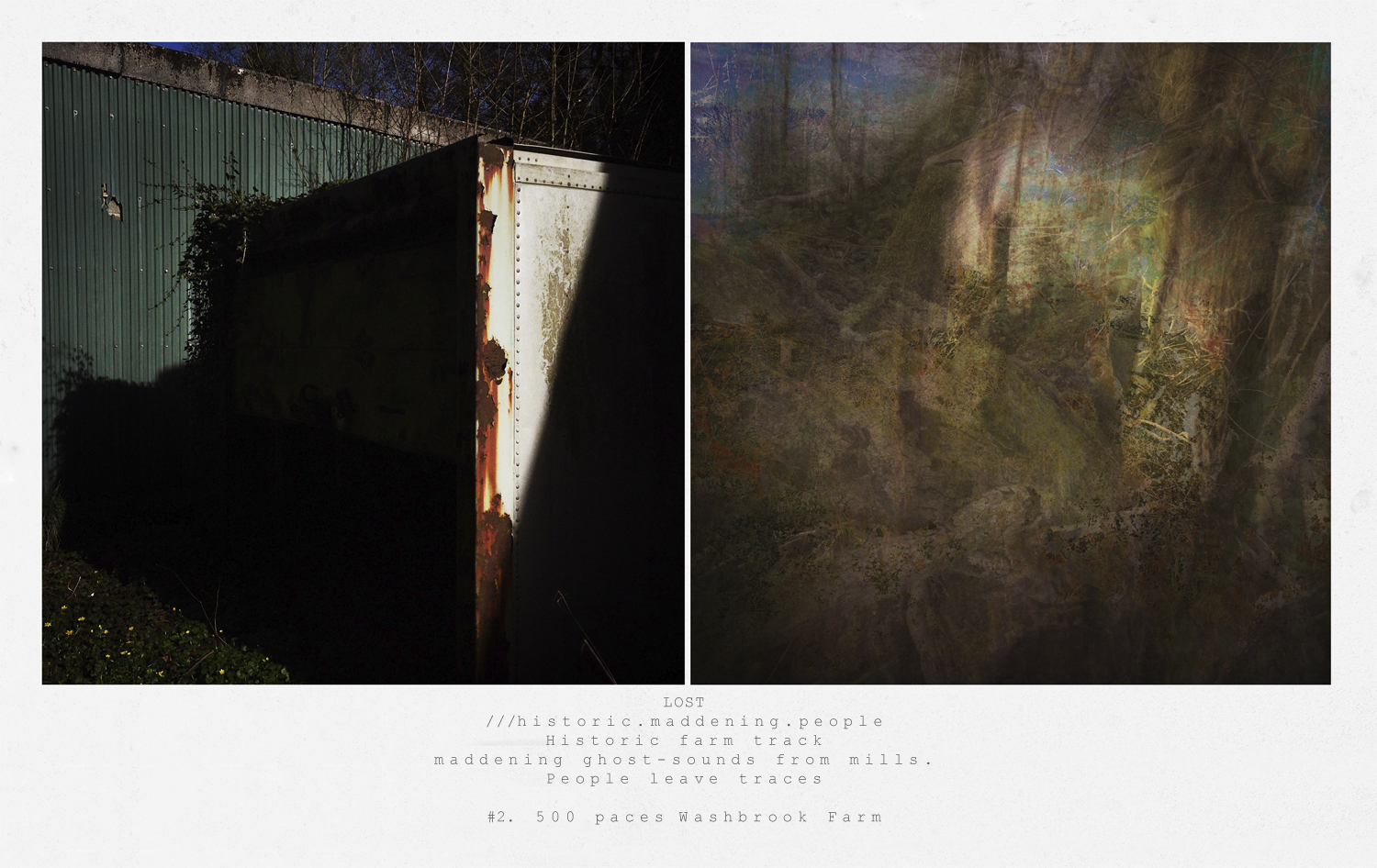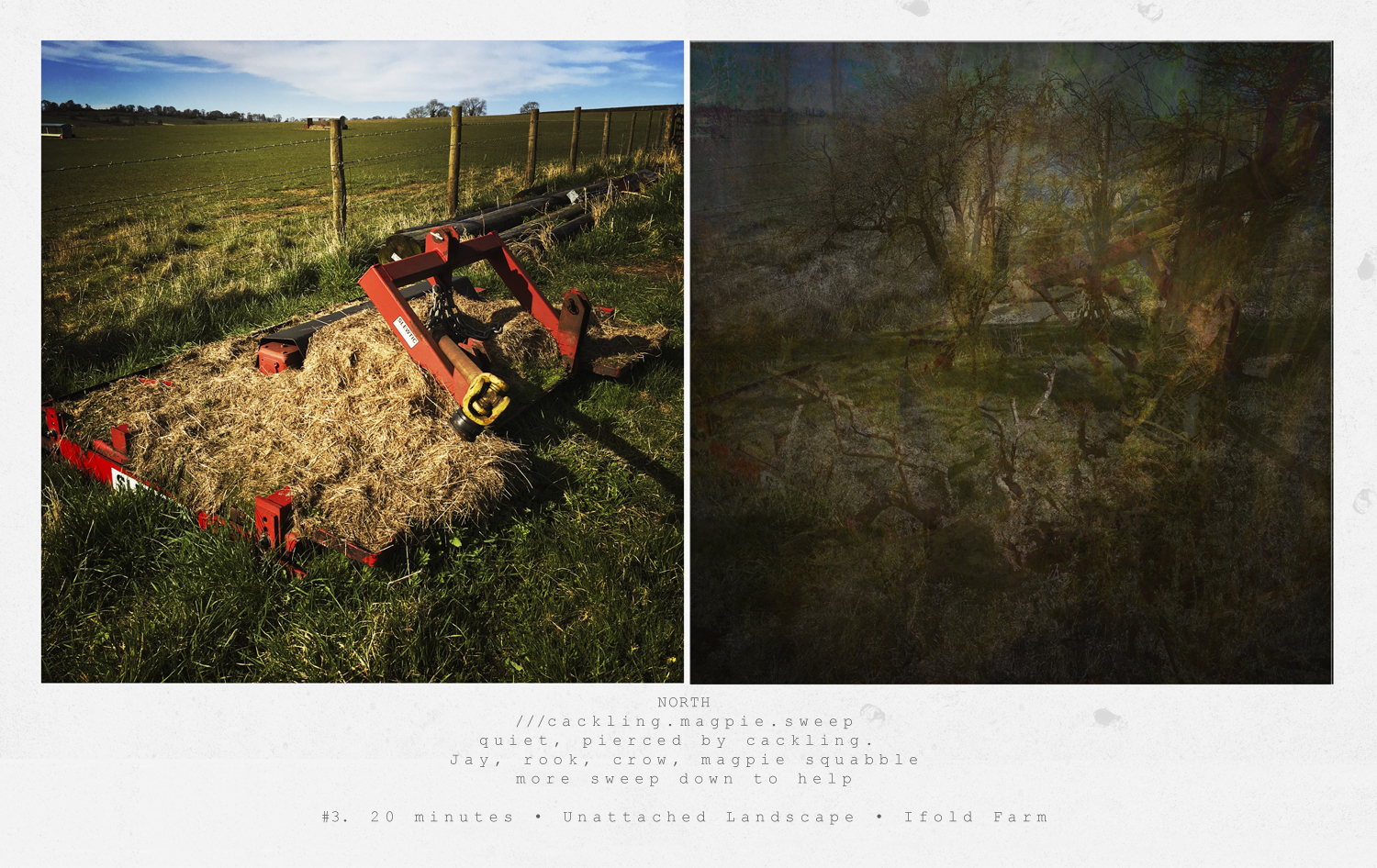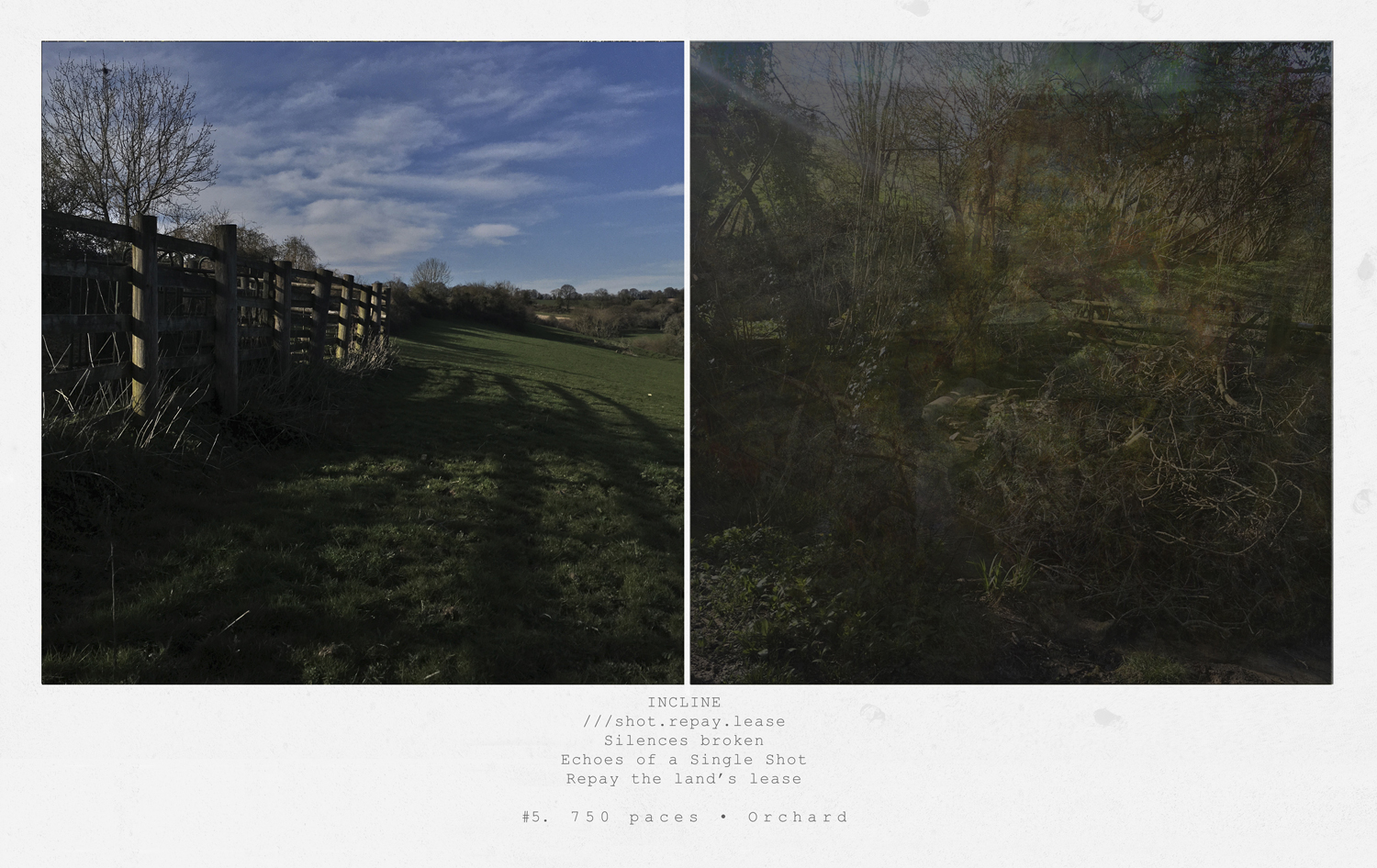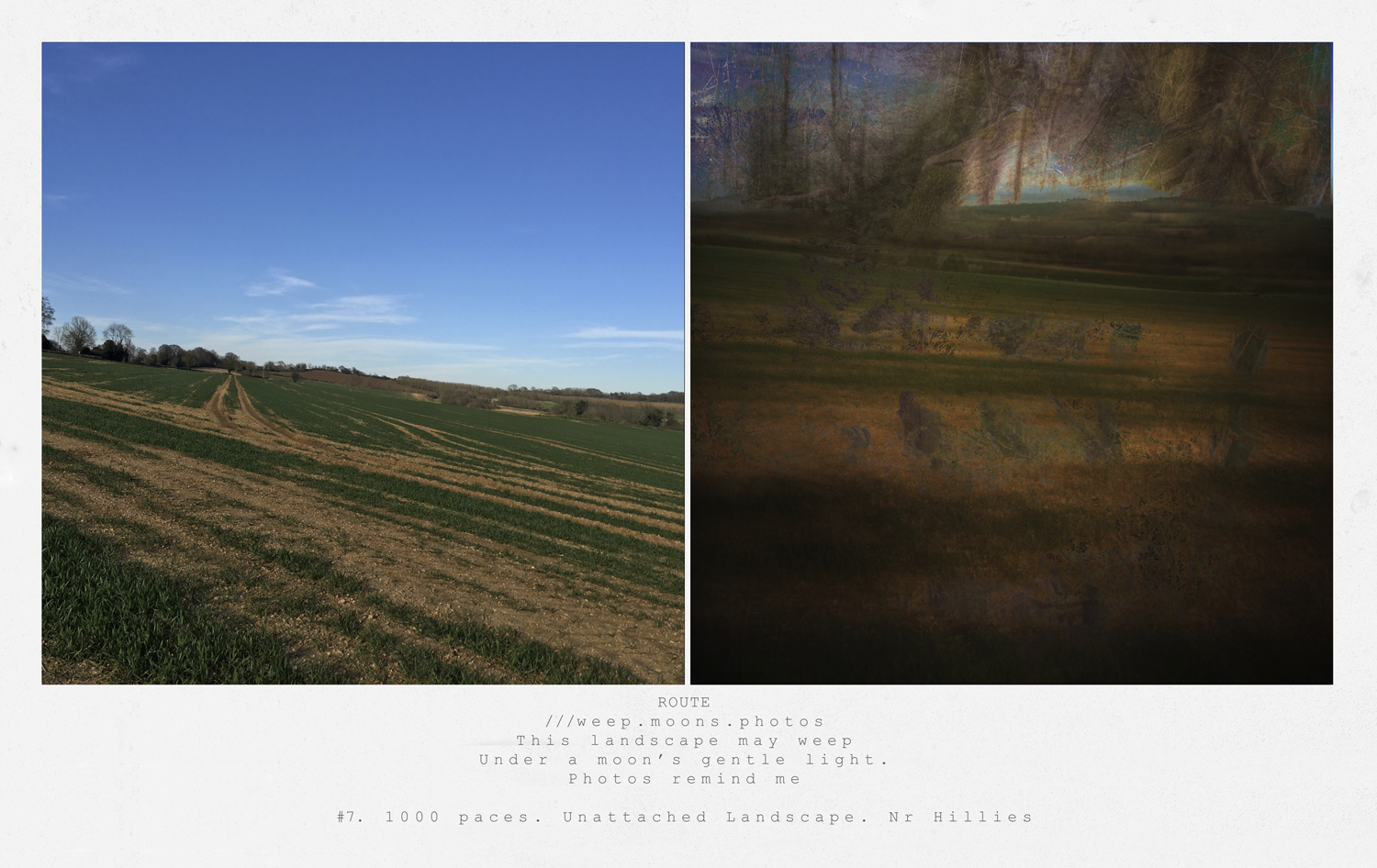Landlinks and attachment
The Landlinks project was in the planning/curating stage in early 2020, with invitations to participate sent to artists in the UK, Greece, Australia and the USA.
The result of my conversation with Lizzi Walton – the Director of SIT, Landlinks is one of a series of initiatives that were planned to be exhibited in May 2020 as part of the larger ‘Ground Works’, a programme of exhibitions, talks, walks and workshops taking place in the small Gloucestershire towns of Stroud and Nailsworth.
As with all arts events planned for Spring and Summer 2020, cancellations were inevitable due to the lockdown…our alternative has been to make more use of Ground Works website and gallery (www.groundworks.eu.com) and plan for a future exhibition in Spring of 2021.
Landlinks and attachment
Artist’s fascination with the landscape as a subject can be traced to the Neolithic period. Early Greek, Roman and Chinese cultures developed the genre further and much later, northern Europeans began to identify it as a specific subject rather than an adornment or background. Our view of ‘scapes’ is often influenced by a culturally specific interpretation of what will make an appropriate image. Artists have been and continue to be influenced by the classical landscape paintings of 17thC painter Claude Lorrain and later John Constable, often hold a romantic view of the idealised landscape. This hope of discovering the perfect or ideal landscape often dismisses the ordinary; the everyday. It overlooks places and subjects that are considered to be mundane, familiar or just not beautiful enough. Many contemporary artists have now freed themselves from the constraints and limitations of these earlier, often representational practices. They look instead to other ways of responding to outside spaces, recognising that previously disregarded subjects can provide alternative ways of engagement, interest and stimulation.
The aim of our Landlinks project is to review encounters with our various environments; to avoid ‘attachment’ to subjects by searching out those that are ‘interesting’ or that fall into William Gilpin’s definitions of ‘Beautiful, Sublime or Picturesque’; to let go of the desire to find the definitive subject and to leave that choice to chance. The walk was made by over 20 international walking artists and was synchronised to take place over several continents. It was governed by a ‘time/distance script’ to choreograph the artist’s activity. Artists were asked to respond to this series of chosen stopping points and moderate their gaze and choice of subject by adhering to various ‘prompt’ words. Along with their words and images, artists include a variety of maps some of which hand drawn. Some have also included 3 seemingly unconnected (and sometimes slightly surreal) words generated by geolocation software (what3words) and which can be used to locate the exact places artists stopped.









